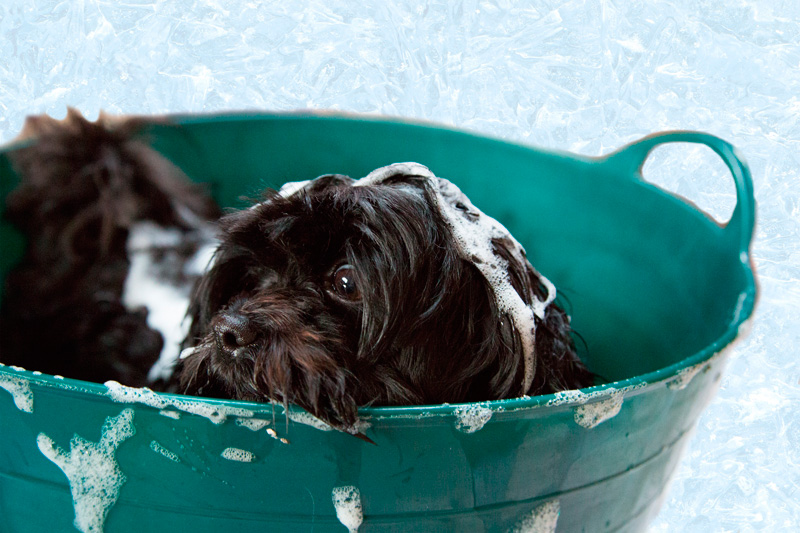Dachshund lady Josefine and Dachshund male Ule enjoy our designer dog baskets
To better understand the nature and character of the Dachshund, you should know that it was originally bred for hunting underground. Among other things, they were used to hunt badgers, which are superior to dachshunds as predators. This resulted in its combative, self-confident and decisive nature.
The Dachshund’s body shape is characterized by short legs and an elongated body shape. Extensive jumping and agility as a dog sport are not recommended for the Dachshund’s long back.
The character of the Dachshund can be easily deduced from its original area of use. Its self-confident demeanor recommends consistent training from puppyhood onwards. When interacting with other dogs, Dachshunds often show little respect, even towards larger, stronger dogs. Motivation and consistency are the key to success when training Dachshunds, but they should still be given a certain amount of freedom.
His passion for digging is legendary and a place of his own in the garden to indulge his passion is actually part of a species-appropriate attitude.
The Dachshund will become a family dog if it grows up with children and does not have any negative experiences. Nevertheless, it is advisable not to leave dogs and small children alone, especially if they are unfamiliar to the animal.
The terms rough-haired, short-haired and long-haired dachshund describe the coat texture.
The different types of Dachshund refer to the size of the dogs
Varieties:
- Dachshund: largest dachshund breed, chest circumference approx. 35-40 cm
- Miniature dachshund: chest circumference approx. 30-35 cm
- Rabbit dachshund: Chest circumference max. 30 cm
Facts about the Dachshund
- Life expectancy approx. 14 to 17 years
- Urge to move medium
- Training effort high,
- Low grooming effort
- Time expenditure high

Dog shampoo for sensitive skin
If you don’t feel comfortable washing your dog with a shampoo whose ingredients list you can’t even pronounce, here’s a great recipe …

Beauceron dog breed
The Beauceron is a very original, powerful, robust and muscular dog, but without any sluggishness. It impresses with its stamina and incorruptibility.

Home-baked dog biscuit with quark and egg
Today I felt like baking some dog treats again. …




